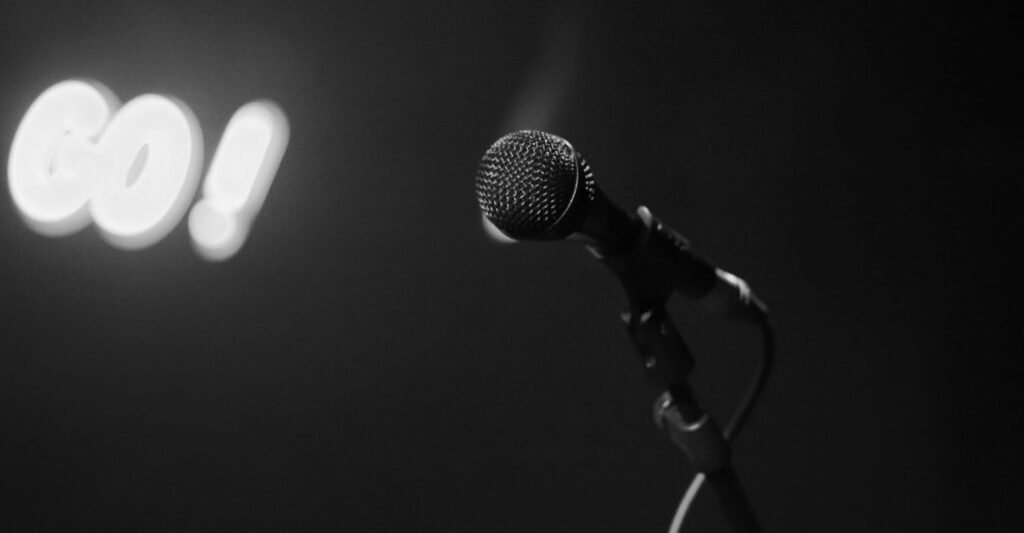
Peter Griffin – the main character and father figure in the renowned Family Guy cartoons – is known for delivering a very nasal voice and a distinctively amusing laughter pattern. To make a Peter Griffin impression, these are the main aspects to watch out for:
Accent
Griffin presumably comes from a middle-class Irish-American background and, judging from his accent, he’s from somewhere between Boston and Rhode Island (the latter being where the show is supposed to take place). You may notice this by listening to the way he pronounces certain vowels and consonants
Bostonians are bent on pronouncing the r as the British do. Both these accents are known as “non-rhotic”, meaning that the “growling” sound associated with /r/ is not rendered. Here are some examples of how Peter would pronounce words with r:
- “Car” = “cah“.
- “Water” = “watah” (retaining the soft “t”)
- “Forty” = “foahty” (again, with a soft “t”)
- “Morning” = “moahning”
Whenever there’s a word with an “r” preceded by a vowel other than “a” (like the last two examples given above), Griffin – like most Bostonians – would make a soft inflection to the upside.
Meanwhile, the round o in New England accent has a mild aperture at the end, forming a diphthong, as in, blending two letters. Thus, instead of “oh”, Peter would say “ooah”, with the bulk of the sound concentrated on the mouth’s rear. Some illustrative examples include:
- “Tofu” = “Tooahfu”
- “Coffee” = “Cooahfee”
- “From” = “Frooahm”
Griffin’s “ah’s” are peculiarly flat and nasal. Another word to accurately describe them is “lateral”. The focal point of delivery is at the front of the mouth near the lips. How Peter (and any Bostonian or Rhode Islander, for that matter) approaches these syllables is very akin to how Southerners would.
Finally, Peter is accustomed to skipping letters, especially the t in words such as:
- Don’t = “doahn”
- Wouldn’t = “woodn”
Voice
Peter’s voice could be said to be a mixture of Spongebob Squarepants and Squidward Tentacles. It’s not as high-pitched as that of Spongebob, but also not as low as that of Squidward. Moreover, while Squidward’s voice sounds more “chesty”, Peter’s voice is more fixed towards the head, nose, and back of his throat.
If you wish to speak like Peter Griffin, you ought to follow these guidelines:
- Try projecting the chin forward and folding your tongue upwards to render the s as a soft sh.
- Place special emphasis on your underbite.
- Slant the jaw a bit sideways (optional)
- Pay close attention to the vibration of your voice during delivery so that you can track the parts of your body that are being used as “channels” and always remember to avoid the chest as much as possible. Admittedly, there’s a relatively steep learning curve for beginners as it’s hard to be mindful of all the areas you should employ simultaneously.
Laughter
One of Peter Griffin’s most distinguishing traits (and the one that yielded him the most success) is the sound he makes when he laughs. You can find entire themes and sketches made with his laughter as the main thrust. Popular songs like “La Cucaracha”, Harold Faltermeyer’s “Axel F” (theme from Beverly Hills Cop), and Mozart’s “A Little Night Music” are prominently featured in-show using his laughter pitched at different notes.
What’s more, Peter’s laughter is a lot easier to emulate than his overall vocal profile, primarily when considering the lack of nuances in the tone and the flappy “mechanic” effects tied to it,
You’d want to focus on the throat more this time around, particularly on the epiglottis, which is the leaf-shaped flap that sits at the top. A great portion of the sound should remain located between the vocal cords, epiglottis, and the pharynx, with the epiglottis and vocal cords generating the pulsations and the pharynx serving as the “voice box”. The air ought to be projected more towards the nose and the back of the throat than the mouth.
In many instances, Peter would constantly fade his laughter in and out in a successive fashion, almost resembling the buzzing sound of a bumble bee or a mosquito. At other times, when he laughs out loud, he would let a little air off his diaphragm while maintaining roughly the same pitch. Finally, he might insert some inflections while excited or as a result of a mischievous action, comment, or thought.
